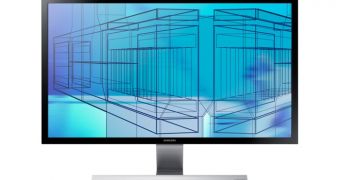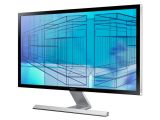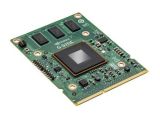Even the best monitors and TVs in the world can sometimes suffer from screen tearing and visual stutters, visual defects that can mar a gaming experience, especially when it's a high-rate shooting match you're embroiled in.
Increasing the refresh rate usually alleviates this problem, but the higher the frame rate the lower the resolution needs to be.
It's why 4K monitors can't go over 60 Hz most of the time, which is unofficially (and arguably officially too) recognized as the minimum level for consumer displays.
It gets even more troublesome when you're playing a game on multiple-monitor configurations and they all suffer from visual glitches at the same time.
The reason for this is because the refresh rate of a monitor doesn't usually match the frame rate of the video feed coming from the GPU.
Fortunately, both NVIDIA and Advanced Micro Devices have come up with workarounds for this, and it is the latter's FreeSync technology that caught our attention today.
Samsung readies two FreeSync monitors
During AMD's Future of Compute event, Samsung announced that it would launch the UD590 and UE850 monitors in 2015.
The former will be available in 23.6-inch and 28-inch models, while the latter will be sold with screen sizes of 23.6 inches, 27 inches, and 31.5 inches.
All of them have a native resolution of 3840 x 2160 pixels, 4K in other words. UHD (ultra high definition).
Following that, Samsung will implement FreeSync technology across all its UHD display lineups, which is a big hit against NVIDIA's G-Sync technology.
The differences between AMD FreeSync and NVIDIA G-Sync
There are two main sticking points. First off, AMD's technology doesn't exactly need a special hardware module that monitor hardware blueprints need to accommodate. Instead, AMD has created a kit that display makers can implement at their leisure.
Secondly, AMD's FreeSync technology is an open standard, so it's free to install on monitors and TVs, as opposed to NVIDIA's G-Sync module which comes for a fee.
Unfortunately, Samsung's monitors haven't been given prices yet, so we can't say exactly how much of an advantage they will have over, say, AOC and Acer G-Sync monitors.
We can, however, say that AMD stands a good chance to minimize G-Sync's impact on NVIDIA's finances by stealing potential design wins away. NVIDIA has an advantage now because it launched G-Sync first and snagged a few contracts, but no one can deny the charm of having the same benefits free of charge.

 14 DAY TRIAL //
14 DAY TRIAL // 



